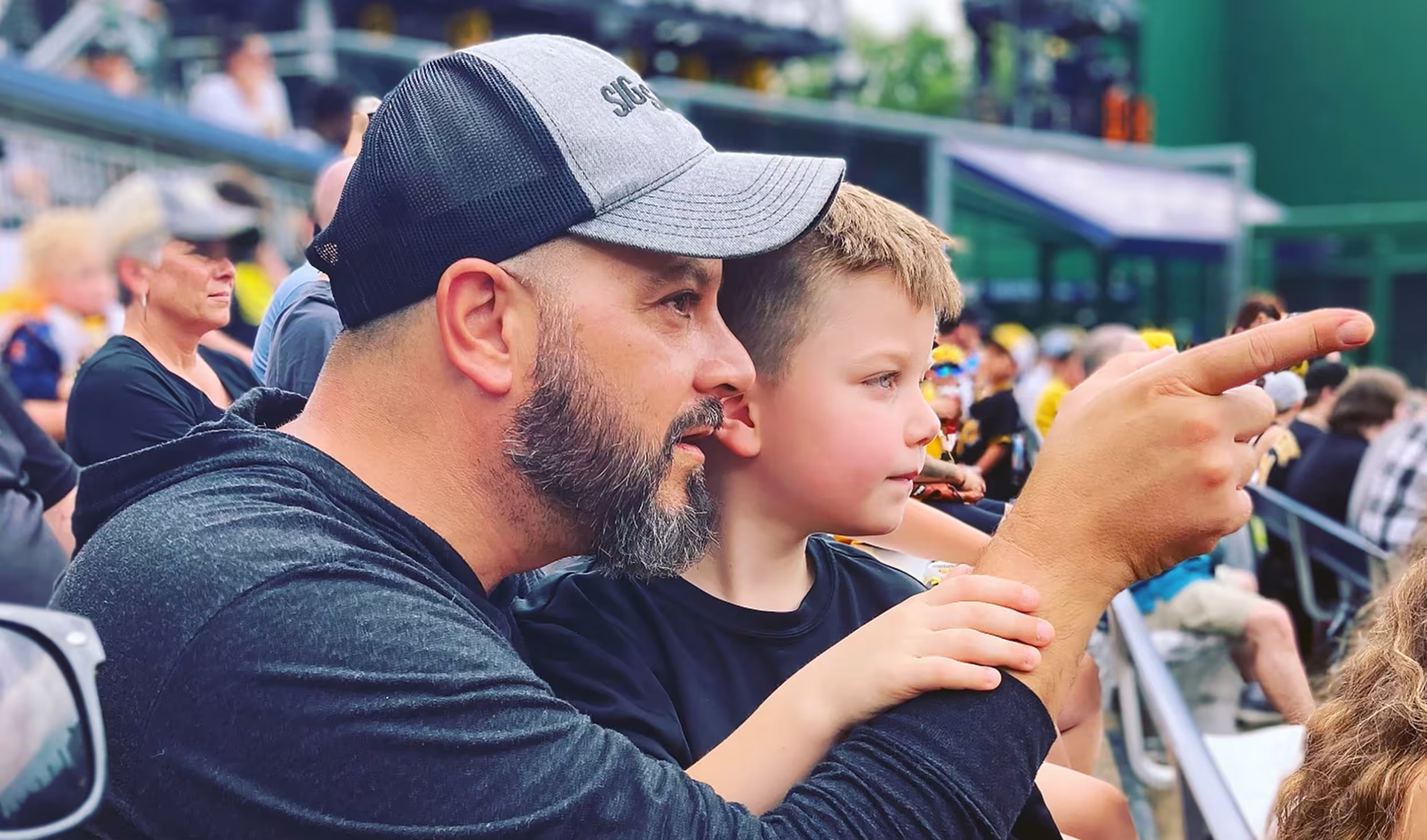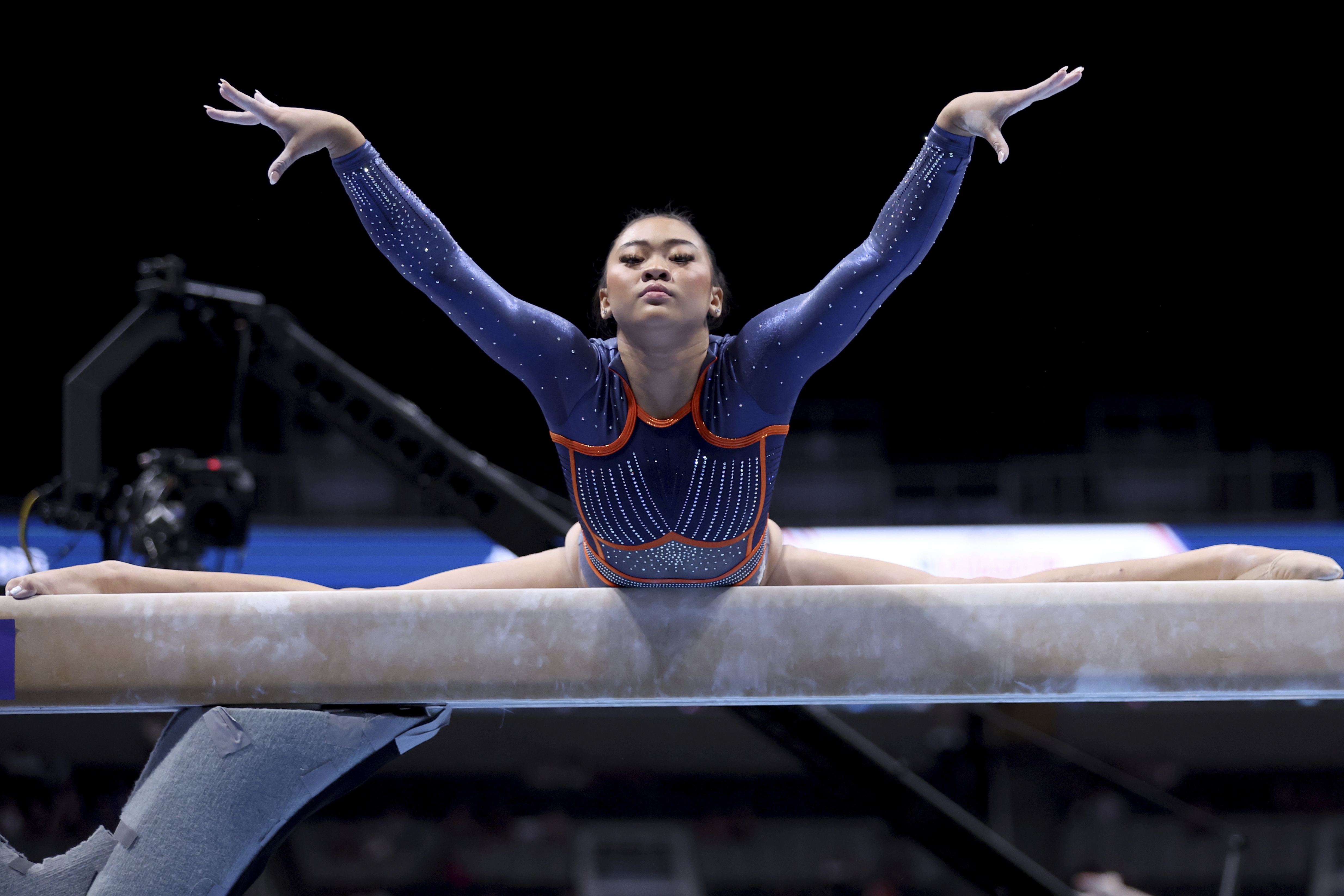Falling down is funny. In fact, it is one of the oldest joke forms of all time. But for people over 65, falling can be deadly. According to the Centers for Disease Control and Prevention, falling is the leading cause of injury-related death in people over 65, primarily the result of hip fracture complications. And with a growing population of elderly people living longer and healthier lives, falling is suddenly no laughing matter.
"The amount of human suffering associated with falling accidents is staggering," says Dr. Thurman Lockhart, an assistant professor of industrial systems engineering at Virginia Polytech Institute and State University. "And by 2020, medical costs from hip fractures alone—resulting from falling accidents—are expected to cost the healthcare system between 20 and 50 billion dollars."
In a study sponsored by the Centers for Disease Control and the National Institutes of Health, Dr. Lockhart is researching the mechanics of falling in order to develop intervention strategies. Below, he talks about the mechanics of falling, and offers some practical prevention advice.
Why do people fall more as they age?
There are intrinsic changes associated with the aging process. The changes that increase the risk of falling are a degrading musculoskeletal system, sensory function, and gait changes associated with aging.
How do changes in sensory function affect balance?
The maintenance of balance is organized, or controlled by three senses: Vision, vestibular apparatus and the proprioceptive system. In other words, sight, inner-ear function, and sense of touch, or tactile sensation. We maintain balance with these senses.
So these three factors contribute to falling as we age?
Yes. For example, you can divide slip-and-fall accidents into three different stages: Initiation, or the beginning of a slip, detection, or when we realize we're slipping, and recovery. So imagine when you are slipping and falling. There is the initiation process, where you slip a little bit, and in order to make a recovery, you have to detect that you're falling, which is assessed by your vestibular and proprioceptor system, which is your vision, inner-ear, and sense of touch. After that detection period, you have to make some recovery.
Health
So the initiation, detection and recovery phases are all altered for the older individuals, because we have a gait change and the sensory change, as well as musculoskeletal degradation.
Are there other reasons why the elderly are at risk?
There are actually many factors that contribute to slip-and-fall accidents in the elderly. Medication side-effects can cause balance problems or dizziness, which can lead to falling. Elderly people have more chronic illnesses. Arthritis, for instance, is one of the major factors in falling. Pain associated with joints can cause falling. Fatigue, osteoporosis, dementia, and all sorts of things that more commonly strike the elderly, can lead to falls.
At what age does falling become a real risk?
Well, it's different for everybody. But after about fifty-five, our muscle mass begins to decrease and all of the factors associated with musculoskeletal degradation begin to develop. Including bone loss.
Also around age fifty-five, there is a drastic decrease in strength of the lower extremities. And this reduction in strength affects our gait style, or the way we walk. This change is one of the factors associated with how we recover from slip-and-fall accidents.
But it all depends upon a person's lifestyle. We have tested some eighty-five year old individuals who are very, very healthy and active. Their strength is maintained, and they didn't slip and fall in our tests. So age in years is not as important as actual physiological age.
Are the rates of falls different among women and men?
Elderly men fall more often than elderly women, but elderly women are more at risk of hip fractures.
We know that bones are affected by falling, but does bone loss actually play a role in causing falls?
Nobody knows at this time and that's one of the objectives of our research: to look at loss of bone mass and also gait changes associated with bone loss and perhaps it might be related to fall accidents. Hip fractures are associated closely with the osteoporosis, or a fragility of bones and their liability to fracture. And osteoporosis is much more common in women than men. But the risk of hip fracture is also related to muscle mass. You have very thin muscle lining around your hips, and as it gets thinner, it becomes very bony. When you hit that area, the fracture rate increases as well.
What you are trying to determine in your research?
We want to understand why and how people fall, and then understand their reaction to falling. Why are older individuals falling more often than the younger individuals, and why are they more often injured? We're applying biomechanical technology to answer these questions, studying when people recover from a fall, and which muscles are activated. If we know why and how this is occurring, then we could actually provide some intervention solutions.
What advice would you give to prevent falls?
One important piece of advice is: stay healthy. Walk around and keep the lower extremities strong. An active lifestyle is very important. And be aware of your surroundings. That's tougher for older individuals, because their senses and awareness of their surroundings is not as keen as younger individuals.
But it's also very important that people not be overly afraid of falling. Fear should not prevent you from going outside and exercising and doing your activities. Just take some considerations of your surroundings and eliminate all of the hazards associated with fall accidents.
Below is a list of tips from Dr. Lockhart for preventing falls around the house:
General Areas
- Minimize changes in walking surfaces, and use slip-resistant coverings such as rough tile and carpet with short, dense pile
- Use lighter-colored floor surfaces to create color contrasts between walls and floors
- Increase lighting and reduce the contrasts in lighted areas
- Install wall-mounted light fixtures, accessible while standing on the floor
- Install more outlets to minimize the use of extension cords
- Relocate switches so that the homeowner doesn't have to walk through darkened areas
Kitchen and Bathroom
- Securely install two grab-bars positioned for support when entering and exiting in tub/shower and near toilet at height and angle best suited for homeowner's needs
- Install slip-resistant tile
- Increase door width to 30 inches for homeowners with wheelchairs or walkers
- Clean up grease, water and other liquids immediately
- Don't wax floors
- Avoid climbing and reaching to high cabinets or shelves and use a sturdy step stool with handrails if necessary
- Always keep a night-light on in your bathroom
- Use bathroom rugs with nonskid backing
- Add bright decals or red tape to provide contrast between the white tub, white toilet and white walls
- Be sure shower stalls have code standard shatterproof glass
Stairways
- Install handrails on both sides of the stairs and extend them one foot beyond the last step at both top and bottom
- Position top of the railing at elbow height of the homeowner
- Use handrails that allow the homeowner encircle their thumb and fingers around it
- Use a different color contrast to mark the first and last step
- Limit stair rise to seven inches
- Make tread at least 11 inches deep
- Use incline risers with 15-degree angles
- Remove carpets 3/8 inch or thicker and underpads on treads
- Make sure stair height and tread widths are adequate, and each step is identical in size
- Install light switches at the top and bottom of stairs
- Be sure carpeting is tightly woven and installed so it doesn't move or slide



